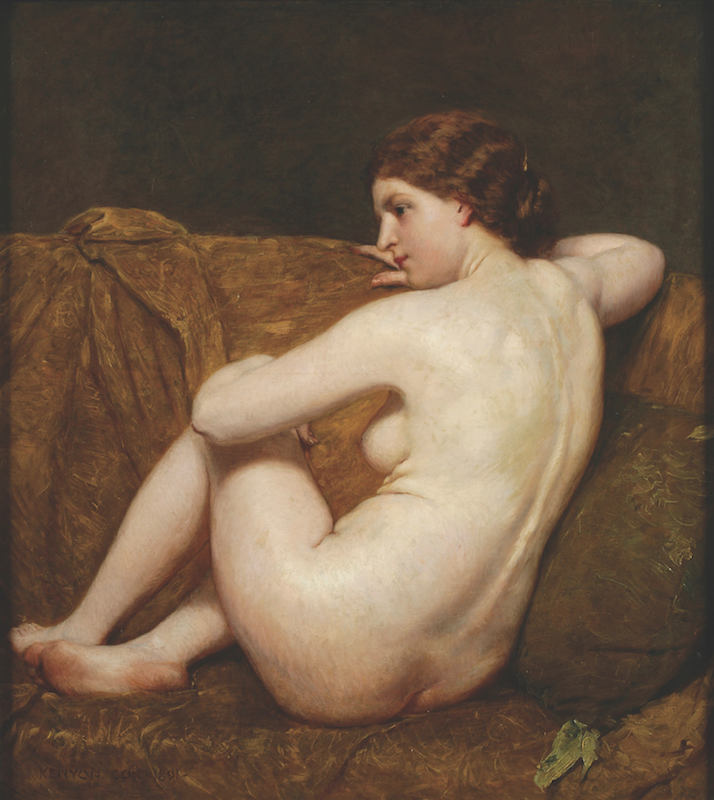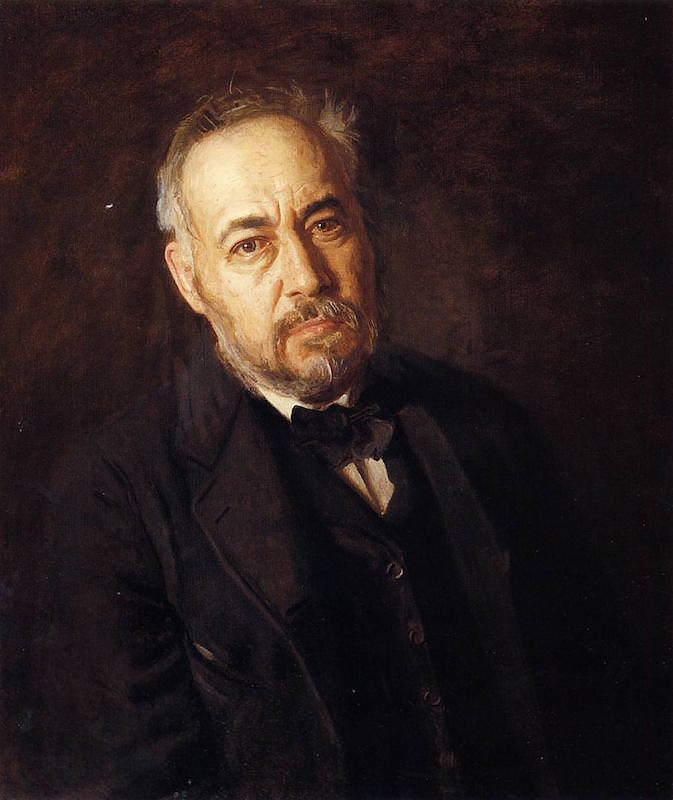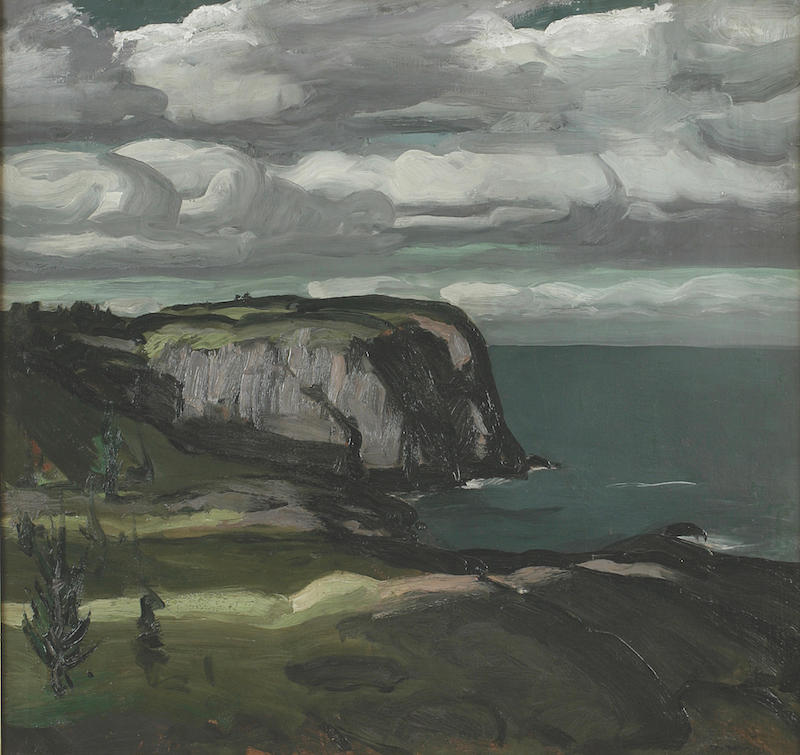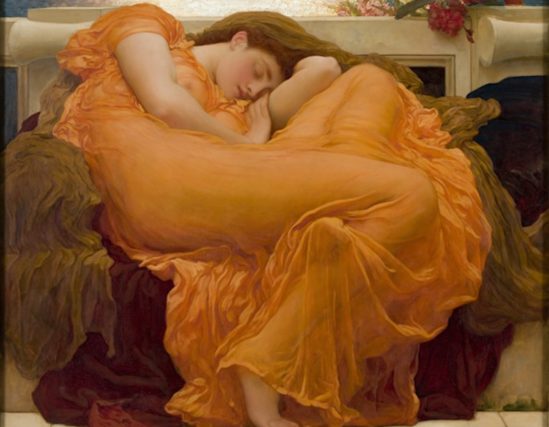
This is the third article I’ll have written in as many years about the shuttering of a museum. The first was an obituary for the Corcoran Gallery in Washington, a major collection that succumbed to serial mismanagement; the second was the Museum of Biblical Art in New York City, which closed on an operatic high note last year with an exhibition of Florentine sculpture. The latest casualty is, for me, the most personal.
Lest we forget how tenuous this business is, a recent article in the Times detailed the diverse fortunes of New York’s museums: just now MoMA and the Whitney are cresting on the public’s interest in contemporary art, while the Met, struggling with deficits and looking to carve a niche in the modern market, has opened a new outpost on 75th Street. In deepest water is the National Academy, an organization of artists and architects founded in 1825 for the purpose of promoting “the fine arts in America through instruction and exhibition.” Owing to financial difficulties, the Academy is about to close its museum—the former home of Archer Huntington in which it’s resided since 1942—and move elsewhere with the profit expected from the sale of its buildings. Visiting the Academy’s museum after many years and for one last time, it’s easy for me to indulge in personal reminiscence. In the early 1980s I studied at the Academy school with Colleen Browning, Harvey Dinnerstein, and Mary Beth McKenzie. The studio walls were painted in light tones and the rooms had great skylights, the clientele was older, and the atmosphere was distinctly more genteel than that of its boisterous 57th Street cousin. In contrast to the League, even popular classes were relatively uncrowded, which gave the impression that one had happened upon an exclusive resource on the Upper East Side.

The museum next door hosted an annual open exhibition, juried by member artists—though I couldn’t find any mention of this on the Academy’s website, the exhibition was for generations a premier showcase for American artists. In a recent phone conversation, Dinnerstein recalled that the annual continued to serve as a springboard for aspiring artists of his generation. It was still an effective venue well into the 1980s: I was fortunate to have been juried into three shows and won two prizes, which led to press coverage and gallery representation. But by the 1990s the open shows were cut back to every other year, and soon thereafter, the annuals were closed to everyone except for elected members and selective outsiders. This not only rescinded opportunities for unknown artists to be juried in alongside Academicians, it removed the most significant venue available to many representational painters. No organism is static—London’s Royal Academy, the association upon which the N.A. was originally modeled, welcomed Tracy Emin into the fold a decade ago—and certainly the National Academy has changed since I studied and exhibited there. Its membership now includes numerous avant-garde artists, and the school has introduced newer media to its curriculum.

What hasn’t changed at the museum since 1980, when I was briefly employed as a guard, is the sense that one is visiting a sparsely inhabited Beaux-Arts villa. On a bright Saturday afternoon last week the building was nearly empty. The Academy’s swan song at its Fifth Avenue location (one more “pop-up” show is scheduled for late May) begins with an exhibition of work by Miriam Schapiro, whose paintings moved from Abstract Expressionism to hard-edged abstraction before settling, in the 70s, on a feminist vision that incorporated fabric and collage into her canvases. The museum’s upper floors are devoted to an installation of abstract and conceptual works that evidence systematic approaches, and, finally, paintings, film and sculpture assembled as “Contemporary Highlights from the Collection.”
By far the largest show, in terms of pieces if not wall space, is a chronological installation of some one hundred paintings from the Academy’s permanent collection, created between 1820 and 1970. The works are hung au salon, three deep, to the detriment of “skyed” paintings like George Bellows’s Three Rollers and Kenyon Cox’s A Blonde; it’s a surprise to learn that Cox’s nudes of the 1880s were considered ripe enough to be controversial. Among other highlights are William Merritt Chase’s The Young Orphan, Cecilia Beaux’s Self-Portrait, Henry Ossawa Tanner’s Miraculous Haul of Fishes and Isabel Bishop’s Nude Study.

The museum’s star, nested between canvases by Robert Henri and Daniel Garber, is Thomas Eakins’s Self-Portrait. Eakins’s recognition came relatively late. After years of lukewarm treatment—including complaints that his anatomy lectures at the National Academy’s school were offensive due to the use of nude male models—he was accepted as an Associate member in March 1902. He quickly painted this image and presented it to the institution in May the same year, and within days was made a full Academician. One of only two stand-alone self-portraits by the artist (the other is at the Hirshhorn in Washington), it displays remarkable emotional intensity and disquieting honesty; this is the greatest self-portrait in American painting. Whatever Eakins’s mindset when he painted it, its astringent quality may now be seen as mute admonition to the organization that owns it.

A more public reprimand occurred in 2008, culminating in sanctions imposed on the Academy by the Association of Art Museum Directors, after the N.A. deaccessioned two major paintings by Hudson River School artists to raise over $13.5 million for operating costs. The sale did not alleviate the Academy’s financial woes, and so it has decided to follow through on a solution that was long being considered, and has put its buildings on the market for $120 million. The museum closes in June, and the adjacent school building promises to continue hosting classes at least until a new site is found.
Even a museum of the Met’s magnitude is susceptible to popular erosion, and it could be that the N.A., too, has struggled to maintain an identity while hoping to attract broader public interest. Egalitarian by self-description, it is also, in essence, an elite club. The immediate concerns may well be those of survival, where and when the Academy will reopen. What happens inside that building will ultimately be most significant.




